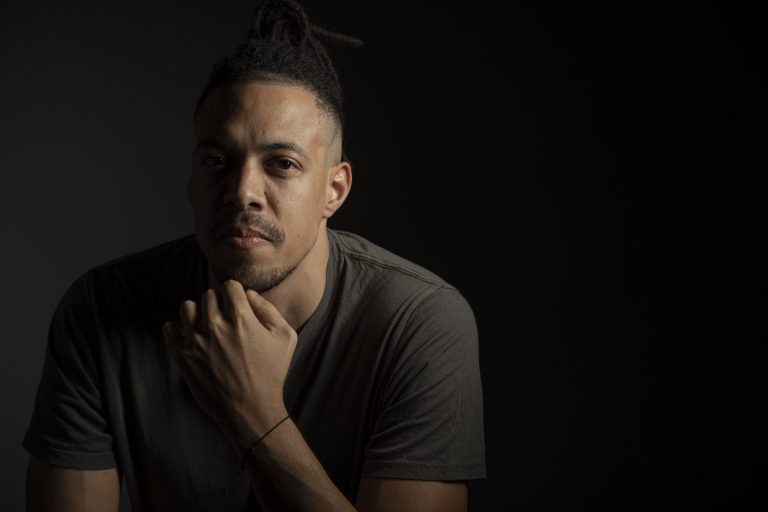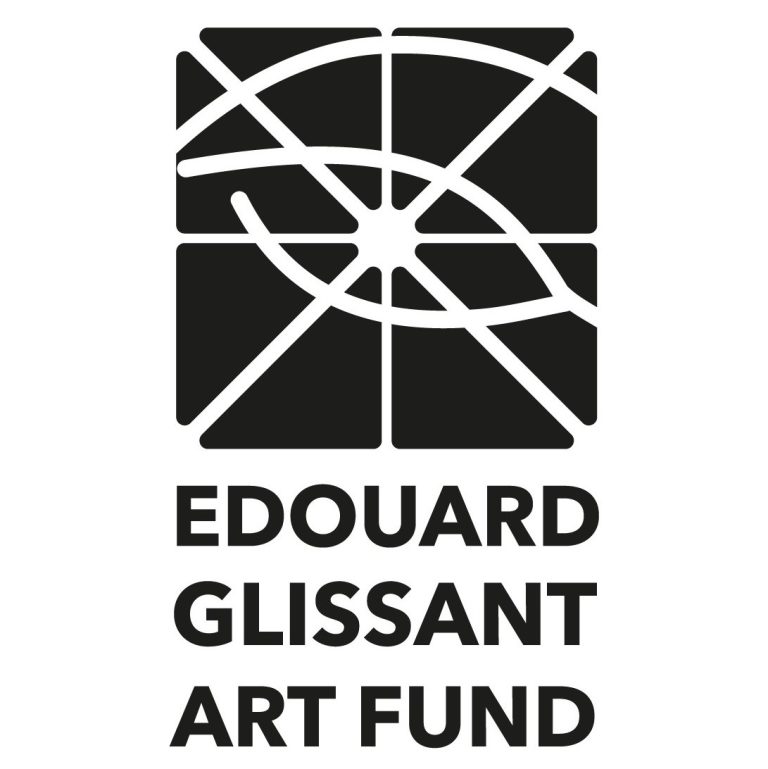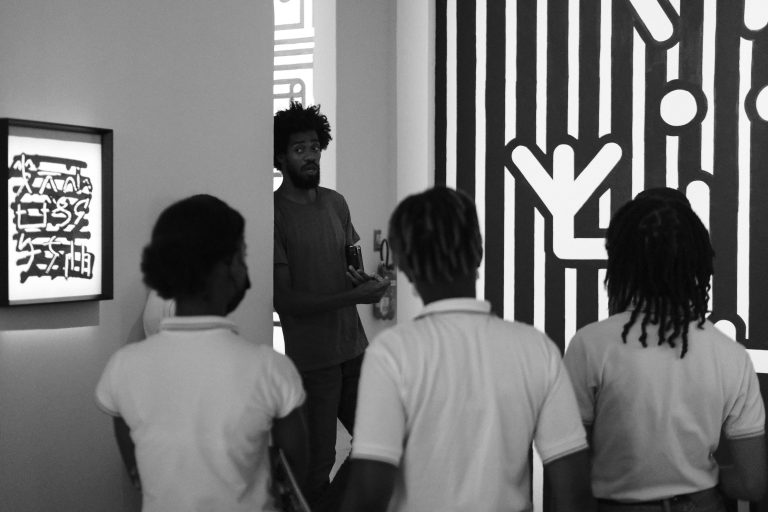
Arthur Francietta
Typographer, visual artist
September - November 2025

- Visual Arts
- San Francisco
“The essay will cover topics such as the historical conditioning of the early notations of Creole and the potential for an autonomous Creole writing system, while also examining the valorization of Caribbean linguistic and graphic heritage.”
I am an artist, graphic designer, and typographer exploring the intersections of design, graphic divination, and sensitive territories, examining signs, scripts, and imagery. I combine design research with mixed artistic practice, aiming to create works that bridge primordial arts while delving into Afro-futurism. My central inquiries focus on how anticipating the future influences the present. My approach is rooted in exploring symbols and writing systems, particularly their capacity to convey and transform cultural identities.
This exploration has led me to develop projects such as “Sémasiographie et cosmogonie” in 2016 and “The Missing Script” in 2018, where I investigated the preservation of minority scripts and their integration into the digital world. My current practice centers on the graphic heritage of indigenous peoples, seeking to generate pictorial scripts that transcend traditional languages and media. I am embarking on new research exploring the mythology of Caribbean writing.
Having studied fine arts in Fort-de-France and honed my skills in applied art and typographic design at École Estienne in Paris, I completed my training at the Atelier National de Recherche Typographique in the “The Missing Scripts” program, in collaboration with the University of California, Berkeley – Department of Linguistics.
I am also an artistic director, which has allowed me to collaborate with Havas, Edouard Glissant Art Fund, Mangrovity Art Fund, Van Lévé, La Station Culturelle, and others. Currently, I live and work between Martinique and Paris.
Born in the heart of the Caribbean Sea, Arthur Francietta is an artist and designer who explores trace and image. Each work is a quest to envision futures through the lens of primal arts. His journey, from Fort-de-France to Paris, has led him from École Estienne to Cité Internationale des Arts, and to global art fairs such as 1-54 and Atlantic World Art Fair, weaving connections between his island and the broader world.
As an artist and curator, he sees himself as a key player in the vibrant Martinican art scene, collaborating with entities such as Créatives Renegades Society, Edouard Glissant Art Fund, Extempora, and more. Today, he draws from the rich fabric of his Caribbean heritage, navigating between Martinique and Paris, to build bridges between cultures and eras as a creative force.
“What if There Had Been a Creole Alphabet?”
My writing project, titled “What if There Had Been a Creole Alphabet?”, explores the concept of Martinique having chosen a unique orthography, distinct from the Latin alphabet, to transcribe Creole. This essay will examine the historical conditioning of early Creole notations and the viability of a distinct script for French-based Creoles.
Situated within the framework of Afrofuturism, this exploration will reflect on how such an initiative could impact Martinican culture and identity. The essay will address topics such as the historical context of early Creole notations and the potential for an autonomous Creole script, while also focusing on the valorization of Caribbean linguistic and cultural heritage. The Afrofuturist angle will enable an exploration of how proactive anticipation of the future can shape our present, detaching from colonial constraints and highlighting the ever-evolving Caribbean identity.
Additionally, this essay will serve as a study ground for examining how Black designers in the United States—through “The Black Experience in Graphic Design”—have crafted their own graphic identities in the context of dominant Western soft power, moving away from cultural mimicry. Comparing their experiences with my own practice as a Black artist and designer in Martinique provides a valuable perspective on the importance of cultural and artistic self-determination and underscores the significance of distinctive and local graphic expression.
During my stay in San Francisco, I plan to collaborate with renowned institutions and professionals, including the Script Encoding Initiative at UC Berkeley and the Letterform Archive.
Script Encoding Initiative at UC Berkeley – A significant aspect of my project in California will be meeting with the Script Encoding Initiative (SEI) at the University of Berkeley. This collaboration is crucial for deepening my understanding of writing systems and typography through the lens of Unicode. Since 2016, my work with SEI has been a cornerstone of my research at École Estienne and ANRT. Our discussions will focus on the social, geopolitical, and cultural implications of languages and writing systems worldwide. I am particularly interested in how these aspects influence language and cultural policies, especially concerning Martinique.
Letterform Archive – My research with the Letterform Archive will center on “The Black Experience in Graphic Design.” Collaboration with Letterform Archive will provide me with an in-depth understanding of Black identities in graphic design and access to typographic archives. This exploration will offer essential insights for my essay and typographic design, emphasizing how Black identities and experiences can transform and enrich the field of graphic design and typography.
In partnership with

Edouard Glissant Art Fund
Edouard Glissant Art Fund is a non-profit structure, with a general interest mission and under French law. Its three objectives are 1. Support the Édouard Glissant artist residency, within the Maison Édouard Glissant (Le Diamant, Martinique), labeled Maison des illustres by the Ministry of Culture; 2. Promote access to, and dissemination of, Édouard Glissant art collection, made up of around 200 works, mainly from artists’ bequests; 3. Encourage international dialogue between new generations of artists and Édouard Glissant writings, through support for exhibitions, research works, editions, conferences and transdisciplinary exchanges.

Zist Editeurs




